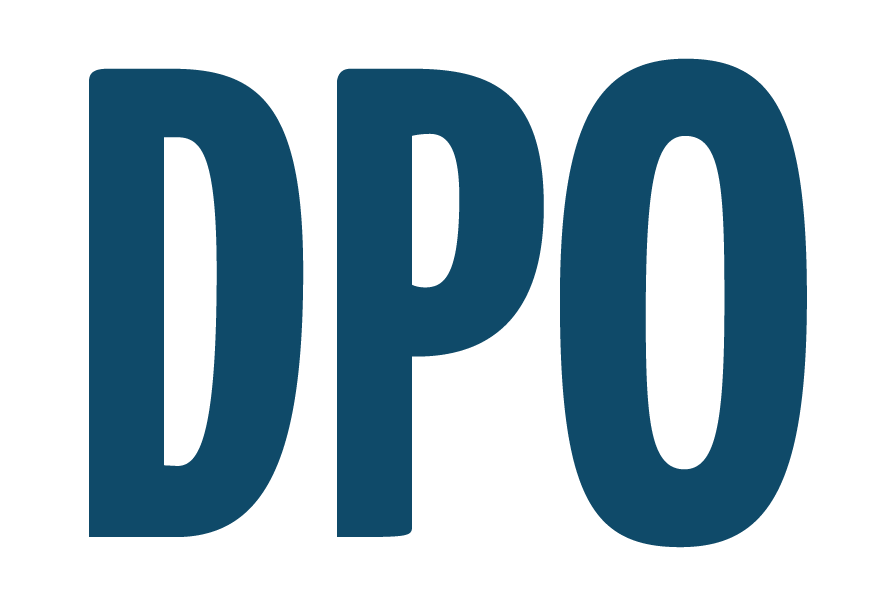Supplier Relationship Management and avoiding Sole-Sourcing Complacency.
- Bogdan Büchner

- Jun 24, 2016
- 3 min read
Debates over whether sole-sourcing, also referred as ‘no-bid-contract’, have increasingly ended at stalemates in many companies’ procurement boardrooms. Utilizing one supplier assists in pooling the scale of quantity benefits and helps in bargaining. It also builds a strong relationship between firms and their suppliers and at time, it is used to edge out smaller competition.
However, the downside of sole-sourcing can proof to be pretty damning. A firm is at its supplier’s mercy and if any catastrophes befall the supplier, a negative and direct trickle-down effect is felt by the respective firm. Strategies to reduce such risks may include having pre-qualified suppliers that act as back-up plans in case of sudden interruptions. Having such back-up plans seems pretty simple and beneficial in that it promotes efficiency and consistency. However, it is never that simple. The intricacies of executing such back-up plans include numerous pros and cons that are normally overlooked by most supplier relationship management teams. Relationships of businesses and sole-suppliers infuse complacency in a firm and the short-term profitability ends up in a long-term value reduction.
Let us take a company, Clean Co., for a case study. The company produces home cleaning sprays packaged in customized branded plastic containers. For a stretched period of time, Clean Co had obtained its containers from over 20 suppliers. In an effort to reap the fruits of efficiency and consistency, they initially cut down the number of suppliers to 3. One among the three proved most capable and was preferred by Clean Co. as the sole-source of the plastic containers. The benefits of a no-bid-system for Clean Co. were immediate. Both sides enjoyed a strong relationship as the supplier increased their understanding of Clean Co.’s needs. However, the relationship started becoming a bit problematic as business boundaries started blurring.
One problem was that Clean Co. ownership took less emphasis on its processes and emphasis. The trust built between the two allowed complacency to slip in and it seemingly became easier and more tolerable to let the supplier manage and control documentation. The supplier was let to decide critical issues such as the quality of the containers, product design and material. This dependency on the plastic container supplier put Clean Co. in a dangerous spot of inability to cope in case tragedy struck the supplier or if the two parties disagreed. Clean Co. would have to start over specifying their customized needs to another supplier. Their coordination would have been critically hampered.
The second issue that should concern Clean Co. ‘s supplier relationship management is that their sole-supplier loses its urge to be innovative. Innovative endeavors are expensive and involving. They best suit companies but are an extra expense to suppliers. However, if a company loses ownership of process by indulging in no-bid-supplying, their supplier is guaranteed of making sales whether they meet competitive standards or not. They produce low cost products for their sure customers. What is worse is that the company will most likely never know what they are missing.
Another problematic consequence of sole-sourcing includes the infusion of business boundaries between company and the supplier. The supplier relationship management will have failed to protect the identity of Clean Co. Arguably, bottles are not the immediate and direct output of the company but branding and imaging are a critical aspect that sustains the company’s customer relation. Any supplier relationship management should ensure that their respective company does not lose its branding aspects due to sole-sourcing. Clean Co. should ensure that incentivizing printing processes should not create a slippery slope for its customer relation. Its competitive advantage should not be compromised.
The argument here is not that a company will be diluted by the creation of various strategic relationships. The argument is that such strategic relationships should not lead to over-reliance on any particular supplier. A company reaps immeasurable benefits from having a supplier that understands its needs and expectations. However, such a relationship can lead to complacency and eventual stagnation. The company’s supplier relationship management should work to aver such eventualities. It should keep up with two or more alternative suppliers. Other suppliers do not crumble and die since the company chose to sole-source. The very action of the company’s supplier relationship management keeping tabs on alternative suppliers sustains a spirit that em-battles complacency and keeps both the company’s internal labor and that of the supplier on their toes. A crisis is averted as the company-supplier relationship remains relevant for a healthy competitive environment.




